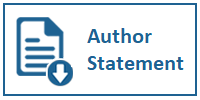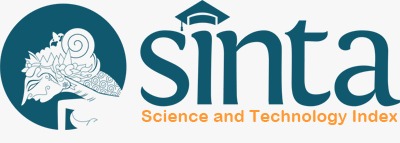Designing an Enterprise Architecture Using TOGAF ADM Framework (Case Study: PT. Indorama)
DOI:
https://doi.org/10.31937/ijnmt.v10i1.2903Abstract
This research aims to create an information technology architecture that will automate the company's business processes that focus on customer relationship management systems using a case study from PT Indorama. Enterprise IT Architecture must complement the vision and organizational goals and match the needs of business processes. As a result, creating IT blueprints is critical for businesses to make the future development of information systems easier. TOGAF ADM was used to create the IT architecture for this investigation. To integrate current system applications, Customer Relationship Management (CRM) based applications are used to complete various business tasks that are not currently enabled by the current application system. This research results in the design of an IT architecture to support the company's strategic plans through business process automation and answer predetermined challenges.
Keywords” Enterprise Architecture, Customer Relationship Management, TOGAF ADM
Downloads
Additional Files
Published
How to Cite
Issue
Section
License
Authors retain copyright and grant the journal right of first publication with the work simultaneously licensed under a Creative Commons Attribution-ShareAlike International License (CC-BY-SA 4.0) that allows others to share the work with an acknowledgement of the work's authorship and initial publication in this journal.
Authors are able to enter into separate, additional contractual arrangements for the non-exclusive distribution of the journal's published version of the work (e.g., post it to an institutional repository or publish it in a book), with an acknowledgement of its initial publication in this journal.
Copyright without Restrictions
The journal allows the author(s) to hold the copyright without restrictions and will retain publishing rights without restrictions.
The submitted papers are assumed to contain no proprietary material unprotected by patent or patent application; responsibility for technical content and for protection of proprietary material rests solely with the author(s) and their organizations and is not the responsibility of the IJNMT or its Editorial Staff. The main (first/corresponding) author is responsible for ensuring that the article has been seen and approved by all the other authors. It is the responsibility of the author to obtain all necessary copyright release permissions for the use of any copyrighted materials in the manuscript prior to the submission.















